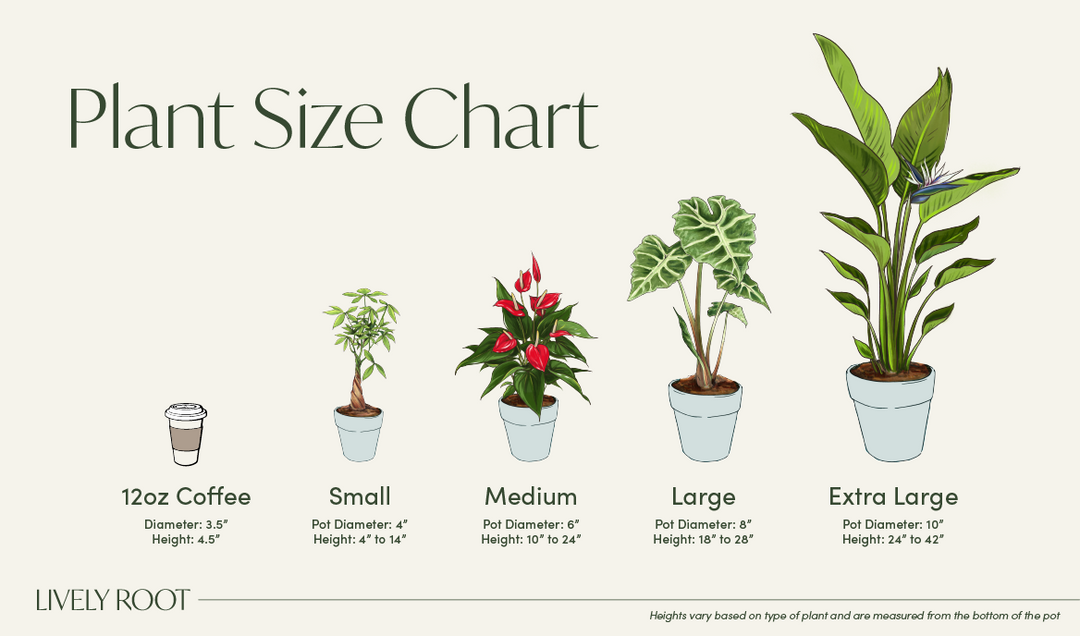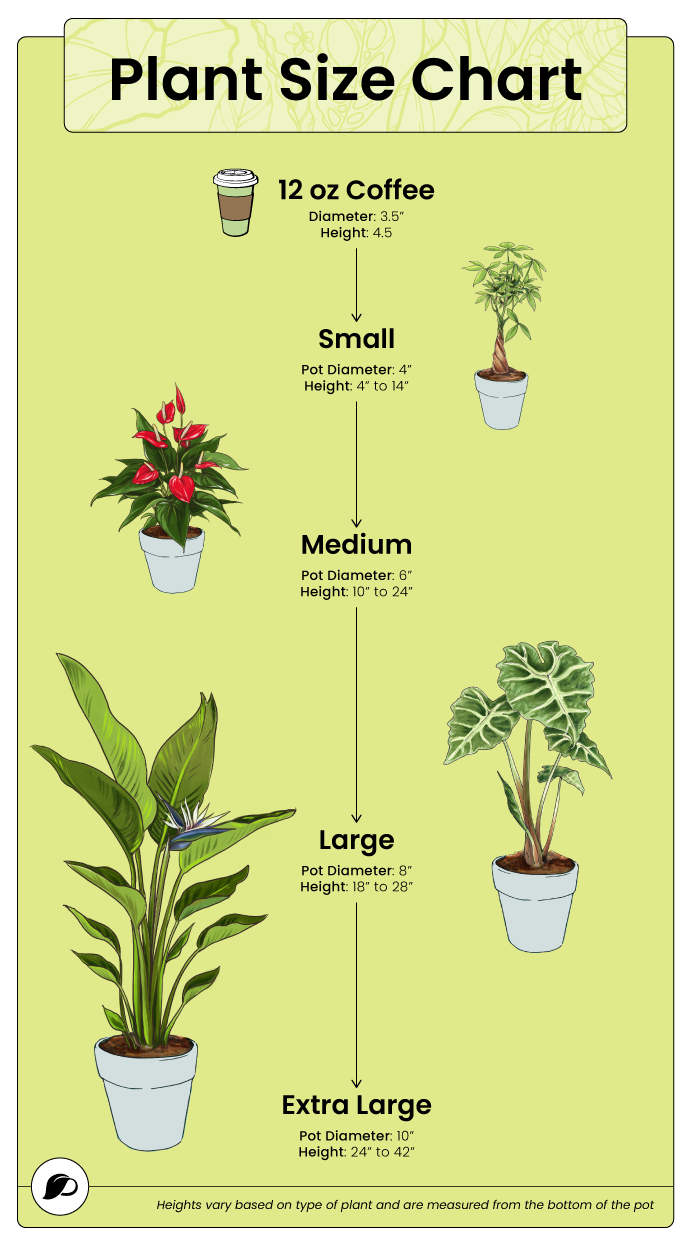Gift Card Balance
Enter the code below to redeem your gift card

The Dwarf Cavendish Banana Tree (Musa acuminata) is one of the most popular banana plant varieties. It has a relatively short stalk, which only grows to 6 ft. tall, and broad, green leaves. This Dwarf Banana Tree belongs to the Musaceae family and is native to Southeast Asia. Thanks to its adaptability and exotic beauty, it has been grown as a houseplant since the Victorian era.
The Dwarf Cavendish Banana is self-pollinating, which means you only need one plant to produce edible and delicious bananas. Its lifespan is 4 years, during which it produces plenty of fruit. The plant doesn’t die off after that but instead makes a new sprout from the corm (the underground base of the plant). The Dwarf Cavendish Banana Tree is easy to care for and adaptable. The Banana plant thrives in humid and sunny locations but can adjust to partial shade. Moreover, these beautiful tropical plants are also pet-friendly.
Some other banana tree varieties include the even smaller Little Prince Dwarf Green Banana Tree and the Red Banana Tree, with its eye-catching leaves tinged with red.
Although originating from the warm and humid tropics, Dwarf Cavendish Banana Trees aren’t difficult to grow at home or as a patio plant, in zones 9-11. Here’s what the Dwarf Banana Tree needs for best care and maintenance:
The Musa Banana Tree likes its soil moist and needs to be watered slightly more than regular indoor plants, even in winter, especially when placed in the sun. This plant also requires high humidity levels and will benefit from misting in drier climate zones.
The Banana Musa loves bright light but is quite adaptable and can tolerate partial shade and some direct sunlight. It prefers warm temperatures within the 65°F- 80°F range.
It’s best to use a well-draining indoor plant potting mix for Dwarf Bananas. Put some perlite in the bottom of the pot to ensure good drainage. Although banana trees are water-loving, They are susceptible to root rot if grown in soil without good drainage.
The Dwarf Cavendish Banana Tree you buy will probably not need immediate repotting. If it grows too big for its pot or you see roots growing out of the drainage holes, use a pot about 2 inches bigger to transplant it. Provide well-draining soil and trim any damaged roots. You can propagate Banana trees by division. Remove the suckers (also called “pups”) with sharp, sterilized sheers and plant them in pots. Make sure to leave one pup on the mother plant.
If your plant produces too many suckers, they can interfere with its fruit production. Leave no more than 4-5 suckers on the plant and remove the rest. Occasionally, clean the broad leaves with a soft, wet cloth to wipe off the dust.
The Banana plant can develop yellowing leaves due to overwatering or brown spots caused by sunburn from direct sunlight exposure. Other issues to watch out for are pests like spider mites or mealy bugs and root rot.
These large, beautiful plants will introduce a vibrant tropical note into your home. We’ve put together a few tips and ideas for selecting the right place and grouping your Banana Tree with other plants and some gorgeous alternative plants.
You can group your Banana Tree with other tropical plants or humidity-loving varieties, such as:
Pair your Cavendish Banana with these aesthetically pleasing companion plants to enhance your space.
If you love Banana Trees’ broad leaves and exotic vibe, or you fancy other fruit-producing plants, check out some alternative beauties below:
Explore other alternative indoor plants for sale, carefully selected by Lively Root!
Follow us @livelyroot & show us your #livelyroot plants

